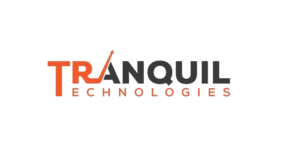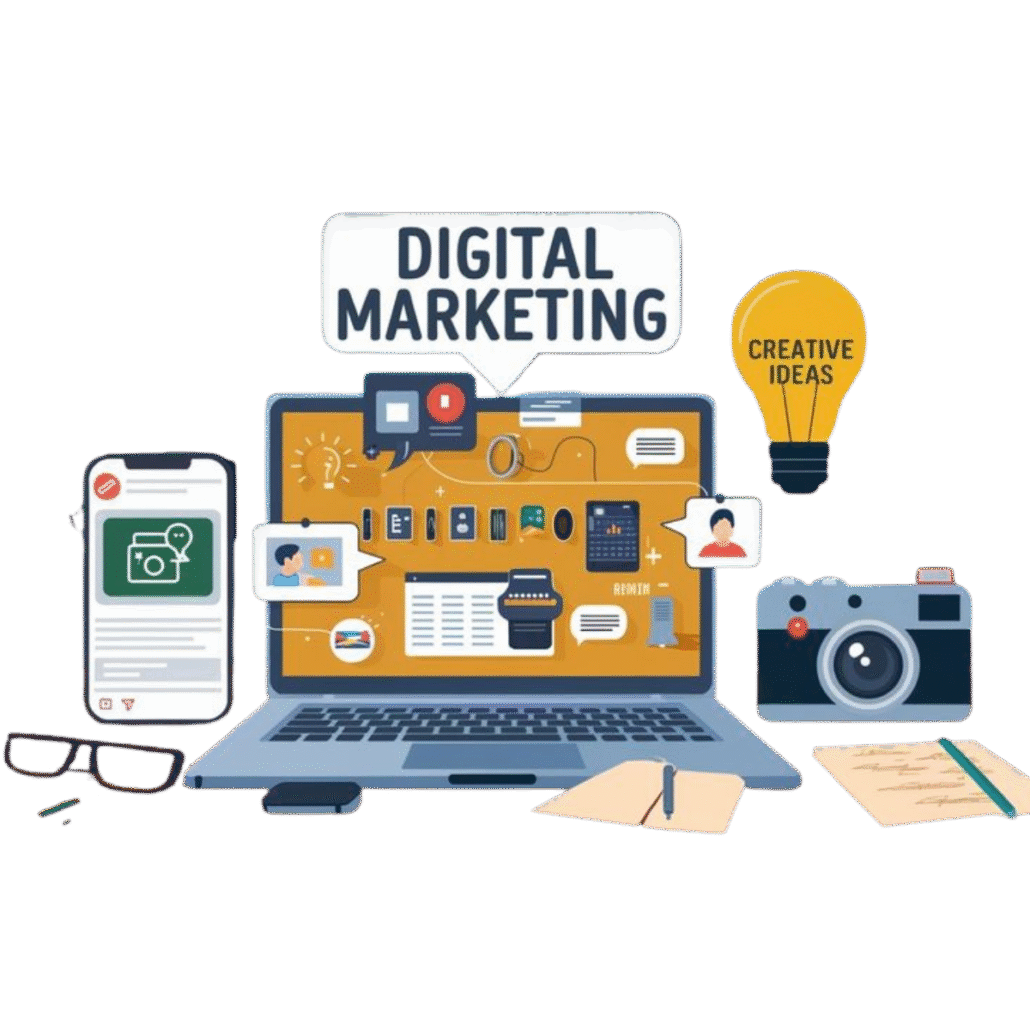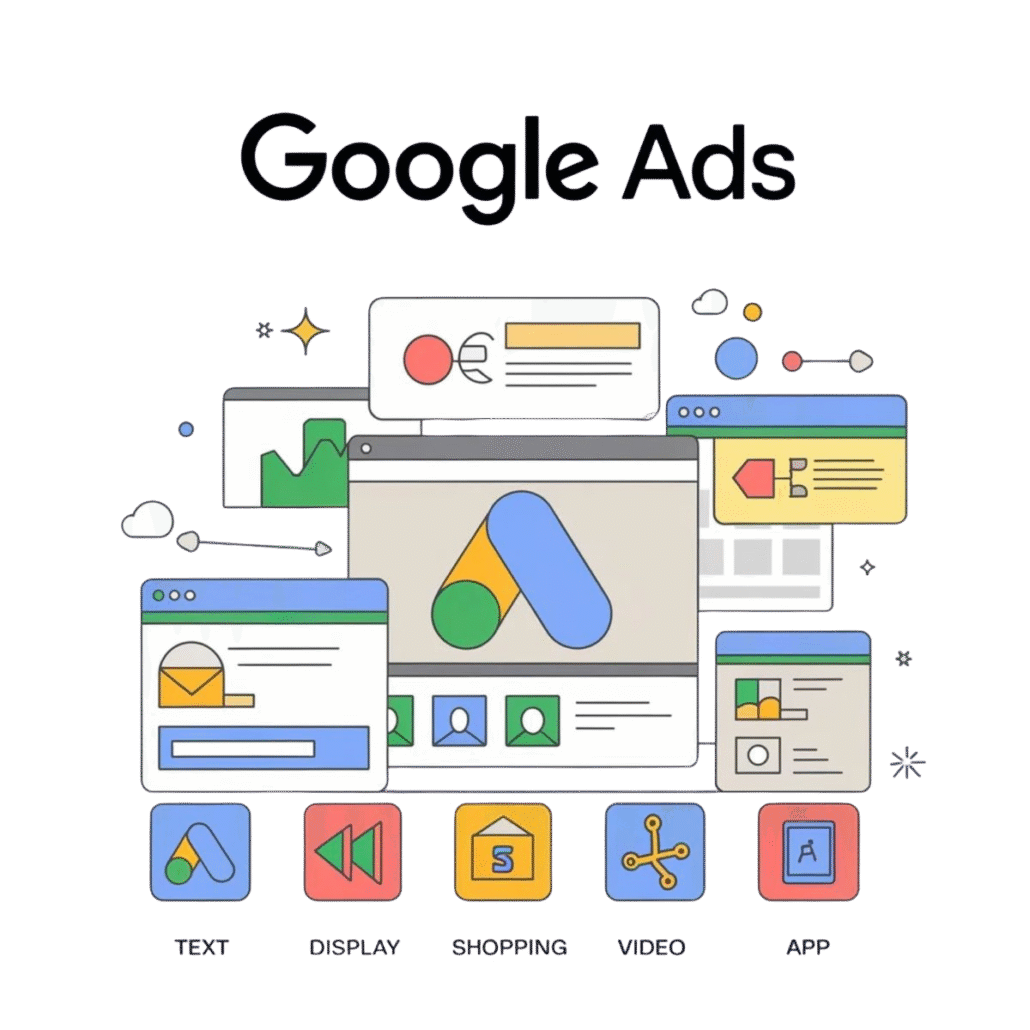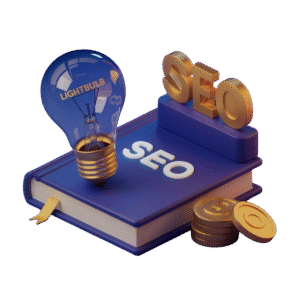𝐁𝐫𝐚𝐧𝐝𝐢𝐧𝐠
Tranquil Technologies specializes in providing comprehensive branding services, understanding that branding is far more than a mere logo or slogan. It’s an intricate dance of visuals, messaging, and experiences that leave a lasting imprint on the audience’s psyche. Our approach to branding is rooted in the belief that every interaction should resonate with authenticity and purpose, crafting narratives that forge deep connections and inspire loyalty.
At Tranquil Technologies, we go beyond the surface to uncover the essence of what makes a brand truly unique. We believe that a brand’s identity is not just about what it sells, but the values it upholds and the stories it tells. Through our strategic process, we shape identities that stand out in a crowded marketplace, leaving an indelible mark on the hearts and minds of consumers.
Brand Identity:
Brand loyalty refers to the tendency of consumers to repeatedly purchase products or services from a specific brand over others. It’s a measure of the strength of the relationship between a consumer and a brand, often built upon positive experiences, satisfaction with the product or service, trust in the brand’s quality, and alignment with the brand’s values or image.
is beneficial for businesses as it can lead to repeat purchases, higher customer retention rates, and ultimately increased profitability. It can also result in positive word-of-mouth marketing, as loyal customers are more likely to recommend the brand to others. Building brand loyalty typically involves consistent product quality, excellent customer service, effective marketing strategies, and fostering emotional connections with consumers.
.
Brand Messaging:
Consistent and compelling communication that conveys the brand’s values, mission, and unique selling propositions.
Brand Experience:
The sum of all interactions a customer has with the brand, shaping their perceptions and emotions.
Brand Loyalty:
Creating a bond with customers that goes beyond transactions, encouraging repeat business and advocacy.
𝐄-𝐂𝐨𝐦𝐦𝐞𝐫𝐜𝐞
E-commerce websites are virtual marketplaces that enable online buying and selling of goods and services. Here are key aspects that define the essence of an e-commerce website:
Accessibility:
E-commerce websites break geographical barriers, allowing customers to access a wide array of products and services from anywhere at any time, fostering convenience and accessibility.
Variety:
They offer an extensive range of products and services under one digital roof, providing customers with diverse options to compare and choose from, often with detailed descriptions and reviews to aid decision-making.
Convenience:
Shopping becomes hassle-free as customers can browse, select, and purchase products without leaving their homes. The ease of transactions, multiple payment options, and doorstep delivery further enhance convenience.
Global Reach:
E-commerce transcends borders, enabling businesses to reach a global audience, expanding their market beyond local limitations and tapping into diverse consumer bases.
𝐆𝐎𝐎𝐆𝐋𝐄 𝐀𝐃𝐒
Google Ads is an online advertising platform developed by Google, allowing businesses to display ads on Google’s network, reaching users when they’re actively searching for products or services. Here are the key points:
Targeted Reach:
Google Ads lets you reach a vast audience as billions of searches occur daily on Google. Ads can appear on search results, websites, YouTube, and various apps, ensuring broad visibility.
Keyword Targeting:
Advertisers select keywords relevant to their business, and when users search for those terms, the ads appear. This relevance increases the likelihood of reaching potential customers.
Ad Formats:
It offers various ad formats, including text-based search ads, display ads, video ads on YouTube, shopping ads for e-commerce, and app promotion ads, catering to different business needs.
Budget Control:
Advertisers have full control over their budget, allowing them to set maximum bids and daily caps, ensuring spending stays within their means.
Performance Tracking:
Google Ads provides robust analytics, allowing advertisers to track ad performance, measure conversions, and understand the return on investment (ROI) for their campaigns.
𝐏𝐚𝐲-𝐏𝐞𝐫-𝐂𝐥𝐢𝐜𝐤
Pay-Per-Click (PPC) advertising is a digital marketing model where advertisers pay a fee each time their ad is clicked. It’s a targeted approach, ensuring you pay for actual engagement rather than just displaying an ad. Here’s a breakdown:
Cost Efficiency:
With PPC, you’re charged only when someone shows interest by clicking your ads, maximizing your budget’s effectiveness. It’s cost-efficient since you’re paying for potential leads or customers actively engaging with your content.
Targeted Reach:
PPC allows precise audience targeting based on demographics, interests, behaviors, and keywords. This precision ensures your ads reach the right people at the right time, increasing the likelihood of conversions.
Instant Results:
Unlike organic methods, PPC generates immediate visibility and results. Once your campaign is live, your ads can appear on search engines or websites instantly, driving traffic to your site almost immediately.
Measurable and Adjustable:
PPC offers detailed metrics, allowing you to measure the success of your campaigns. You can track clicks, conversions, impressions, and adjust strategies in real-time based on performance, ensuring maximum ROI.
𝐒𝐄𝐎 𝐌𝐀𝐑𝐊𝐄𝐓𝐈𝐍𝐆
Search Engine Optimization (SEO) is a pivotal strategy in digital marketing, aimed at enhancing a website’s visibility and ranking on search engine results pages (SERPs). Here are key aspects to understand:
Keywords Optimization:
SEO involves identifying and implementing relevant keywords throughout website content. This ensures alignment with user search queries, improving the chances of appearing in search results.
Content Quality:
High-quality, relevant content is fundamental. It not only attracts visitors but also encourages engagement and sharing. Engaging content often ranks higher on search engines.
On-Page Optimization:
This includes optimizing title tags, meta descriptions, and URL structures. It ensures that search engines can easily crawl and understand the content, boosting visibility.
Link Building:
Acquiring quality backlinks from reputable sites is crucial. It signals credibility to search engines, positively impacting a website’s authority and ranking.
Mobile-Friendliness:
With an increasing number of users accessing the internet through mobile devices, optimizing websites for mobile is imperative for better rankings.
𝐒𝐨𝐜𝐢𝐚𝐥 𝐌𝐞𝐝𝐢𝐚 𝐌𝐚𝐧𝐚𝐠𝐞𝐦𝐞𝐧𝐭
Social media management involves overseeing an individual’s or organization’s online presence across various social media platforms. It’s not just about creating posts; it’s about curating an engaging and consistent narrative while adhering to the brand’s voice and objectives.
Firstly, strategizing is paramount. A social media manager needs to understand the brand’s goals, target audience, and market trends to devise a compelling plan. This includes content calendars, audience engagement tactics, and key performance indicators (KPIs) for measurement.
Secondly, content creation is central to keeping an audience engaged. Crafting diverse content formats, including images, videos, articles, and interactive posts, helps maintain interest and interaction. Quality and relevance are crucial to resonate with the audience.
Engagement and community management are equally vital. Responding promptly to comments, messages, and mentions helps build relationships and fosters a sense of community. Monitoring trends and feedback also aids in adjusting strategies to suit the audience’s preferences.
Analytics and optimization complete the cycle. Analyzing metrics like reach, engagement rates, and conversions provides insights into what works and what needs improvement. Adjusting strategies based on these analytics ensures continuous growth and success.
𝐖𝐄𝐁 𝐃𝐄𝐕𝐄𝐋𝐎𝐏𝐌𝐄𝐍𝐓
Web development encompasses a range of activities involved in creating websites for the internet or an intranet. Here’s a breakdown of key aspects:
Frontend Development:
This involves crafting the visual elements users interact with directly. It includes HTML, CSS, and JavaScript to create the layout, design, and interactivity of a site. Responsive design ensures compatibility across various devices.
Backend Development:
It focuses on the behind-the-scenes functionality. Using languages like Python, Ruby, PHP, or Node.js, developers build the server-side logic, manage databases, and ensure the site’s smooth operation.
Full-Stack Development:
Developers skilled in both frontend and backend are called full-stack developers. They handle all aspects of web development, from server setup and database configuration to designing user interfaces and ensuring seamless user experiences.
Web Frameworks and Libraries:
Developers leverage frameworks and libraries like React, Angular, Vue.js, Django, or Express.js to streamline development, enhance efficiency, and implement best practices.







